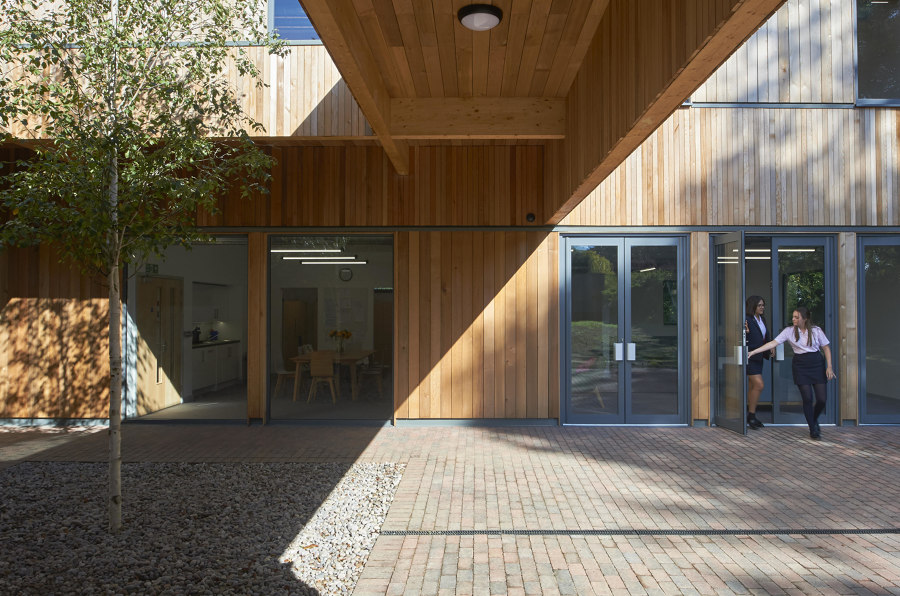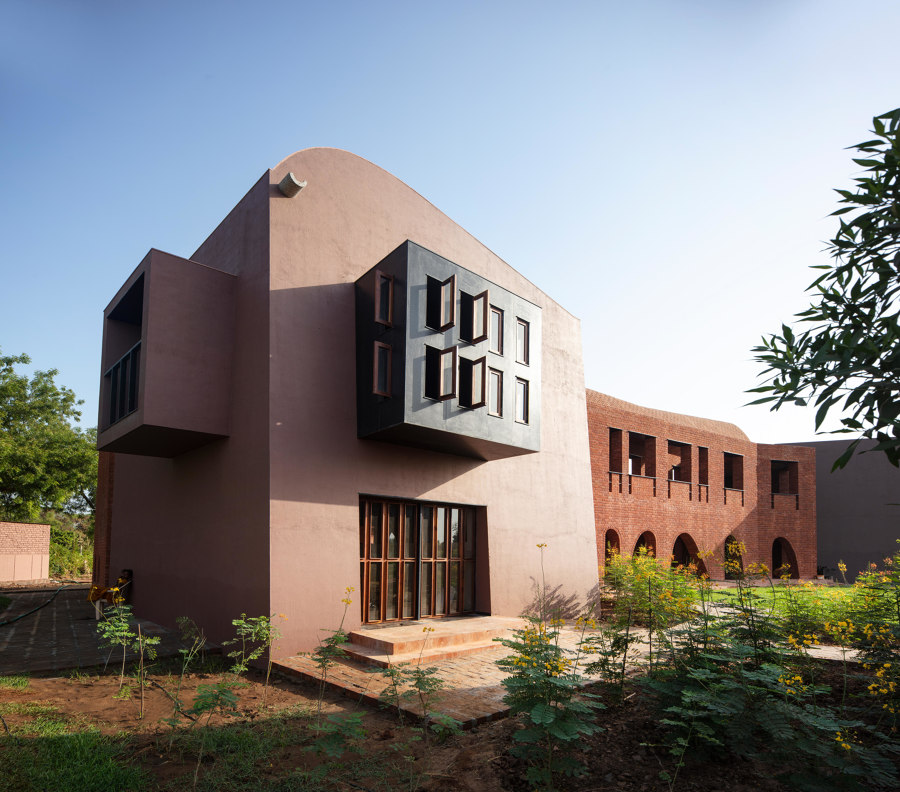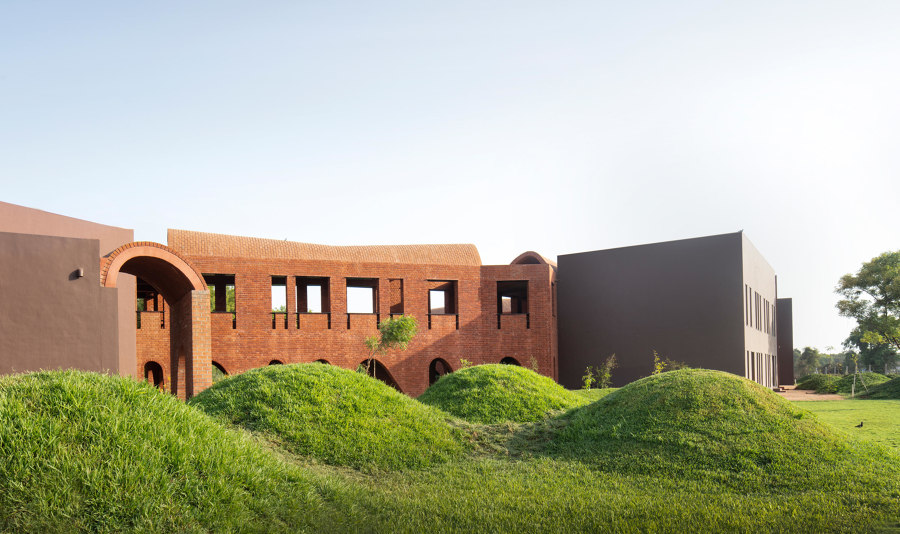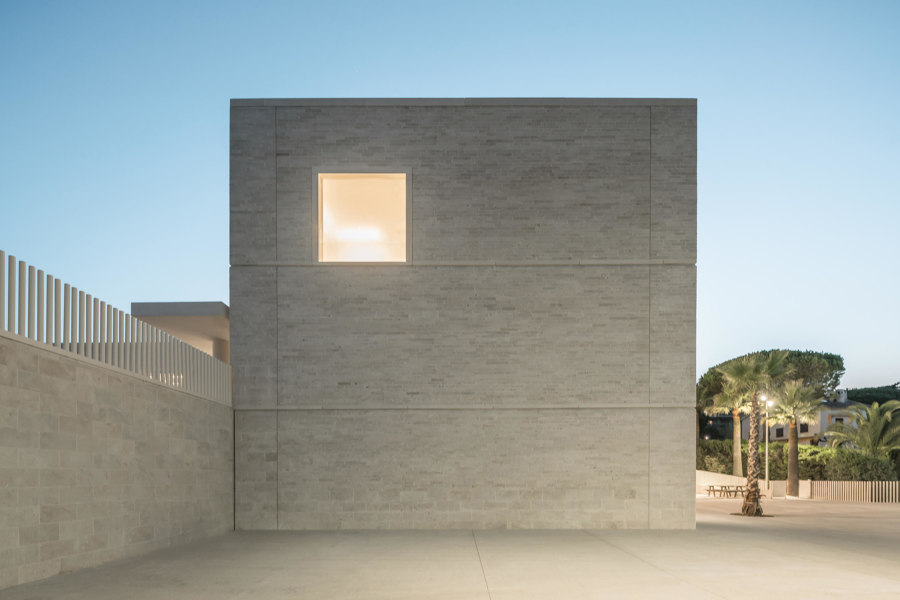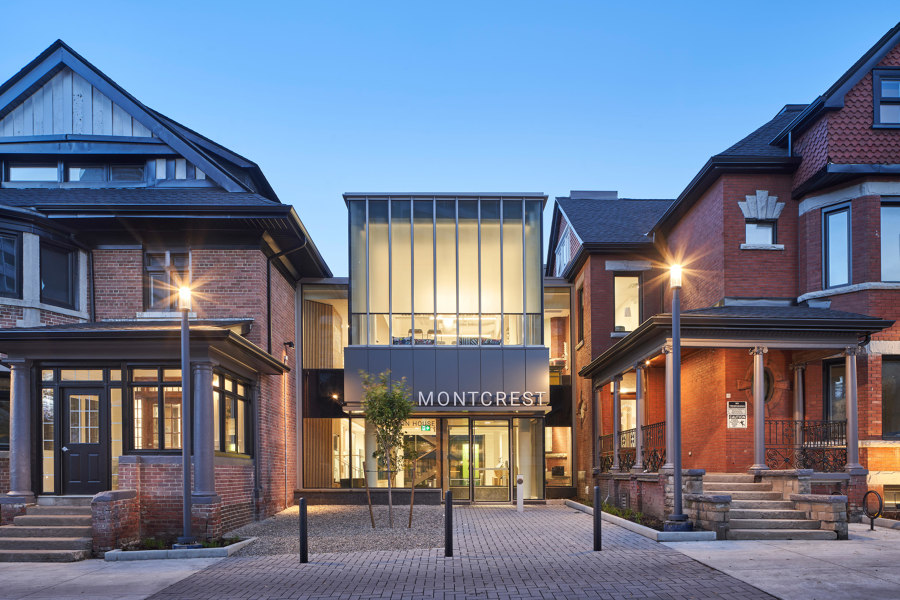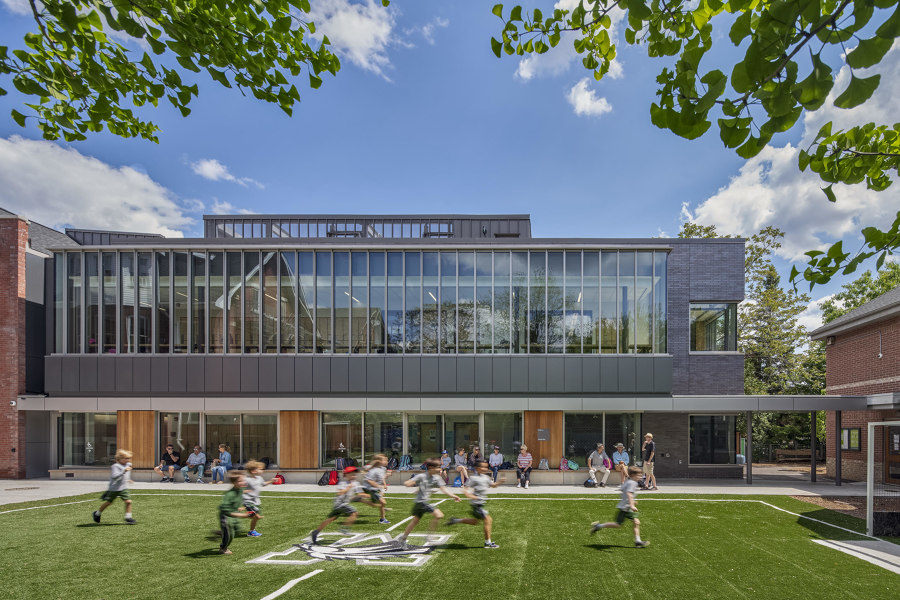A different class: new school architecture
Texto por Peter Smisek
04.12.19
Schoolchildren have a greater chance of excelling in architecture that excels. Our latest survey of school projects from around the globe shows how it's done.
Samira Rathod Design Associates' School of Dancing Arches in Bhadran, India takes advantage of terracotta bricks produced in a local kiln. Photo: Niveditaa Gupta
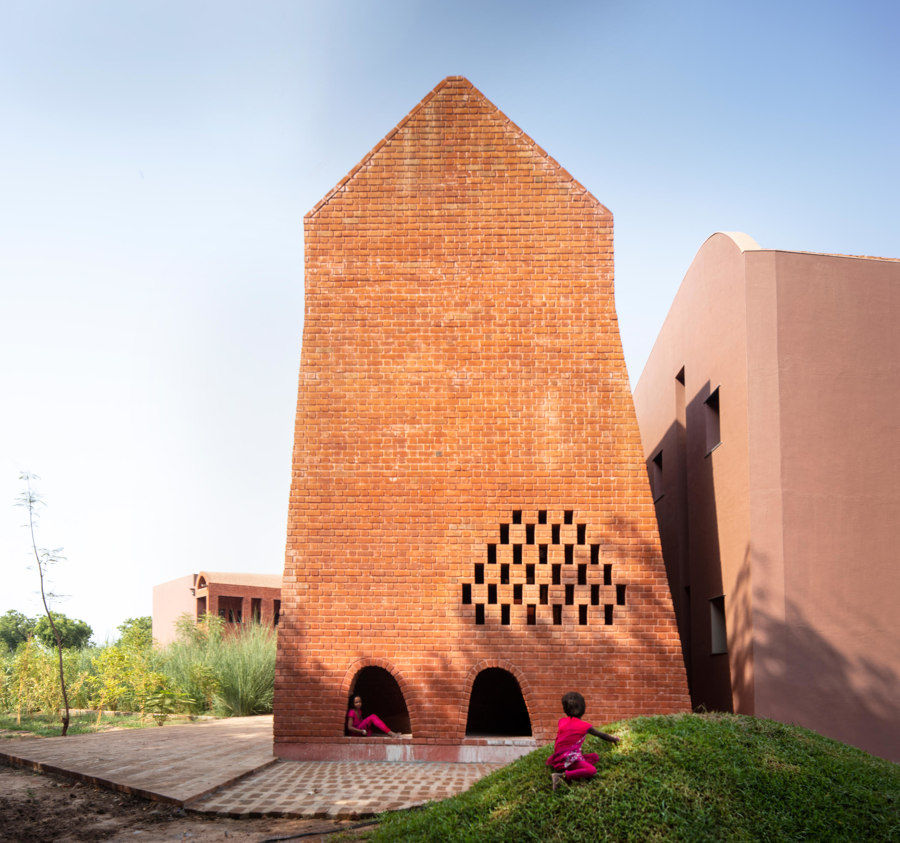
Samira Rathod Design Associates' School of Dancing Arches in Bhadran, India takes advantage of terracotta bricks produced in a local kiln. Photo: Niveditaa Gupta
×Far from being rigid and uniform, today's schools are adapting to the ever-changing landscape of education by championing new spatial, social and environmental solutions. All the while, their architects are careful to integrate these new learning facilities within their physical context.
IF_DO's St. Teresa's Sixth Form Centre proves that spaces for education can be both highly attractive as well as deeply sustainable. Photos: Top © Charles Hosea; Middle, bottom: © Jo Underhill
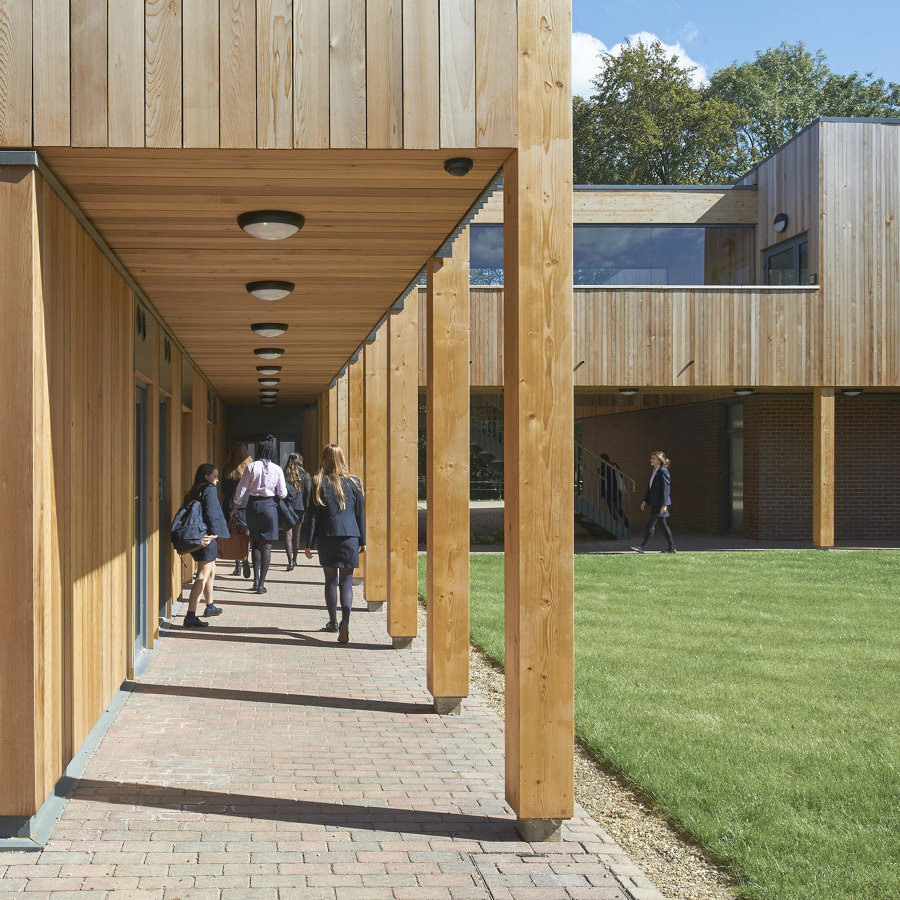
IF_DO's St. Teresa's Sixth Form Centre proves that spaces for education can be both highly attractive as well as deeply sustainable. Photos: Top © Charles Hosea; Middle, bottom: © Jo Underhill
×In Effingham, an area of Surrey just outside of London, IF_DO have built St. Teresa's Sixth Form Centre, an extension to an existing school. A lightweight steel frame, glulam beams, structural insulated panels and timber cladding comprise the new buildings, which have been designed around the existing structure to form an enclosed courtyard with covered colonnades running along its perimeter. Inside, eight compact tutorial classrooms have been designed for a more personalised education, while 320 square metres of PV cells on the roof generate enough energy for both the building's lighting and heating.
School of Dancing Arches, designed by Samira Rathod Design Associates, shows how spaces for education can be fun and take inspiration from local materials and building methods at the same time. Photo: Niveditaa Gupta

School of Dancing Arches, designed by Samira Rathod Design Associates, shows how spaces for education can be fun and take inspiration from local materials and building methods at the same time. Photo: Niveditaa Gupta
×Architects designing spaces for education are often attracted to more whimsical forms, and nowhere is this more evident than in Samira Rathod Design Associates' School of Dancing Arches in Bhadran, India. Taking advantage of terracotta bricks produced in a local kiln, the architects have designed a building using traditional methods and composed of multiple robust volumes connected by an external gallery. Here, a series of irregular, playfully constructed arches delineate the space, creating an inviting, memorable gesture for the school's pupils.
The sharp, strong light and dramatic landscape of the Cote D'Azur provided the inspiration for Atelier Fernandes & Serres' Ecole Communal Jacqueline de Romilly, and its highly communal form of education. Photos: Stéphane Aboudaram | WE ARE CONTENT(S)
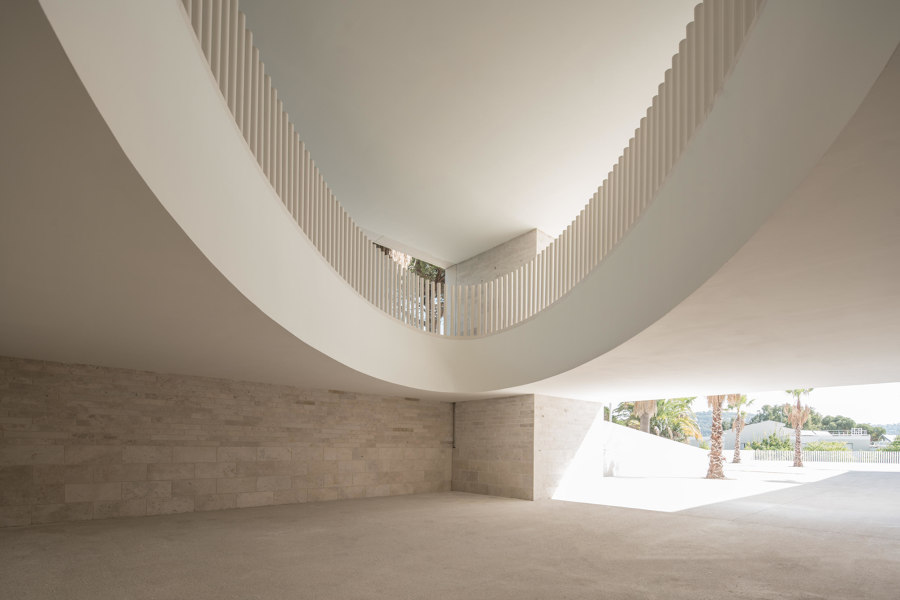
The sharp, strong light and dramatic landscape of the Cote D'Azur provided the inspiration for Atelier Fernandes & Serres' Ecole Communal Jacqueline de Romilly, and its highly communal form of education. Photos: Stéphane Aboudaram | WE ARE CONTENT(S)
×Another project which takes inspiration from its context is the Ecole Communale Jacqueline de Romilly by Atelier Fernandez & Serres. Located in Cannes, the architects have designed the building to respond to the Southern French landscape around it, with its constituent volumes oriented towards mountain views, clad in travertine and featuring recessed windows that cut down the sun's glare. Here, education comes with a vista, and takes place in a crisply-detailed yet robust ensemble of indoor and outdoor spaces.
Montgomery Sisam Architects' Montcrest School Project adopts many of the buildings' original features – such as the use of brick and timber, as well as generous proportions – to safeguard the school’s unique style of education. Photos: Younes Bounhar
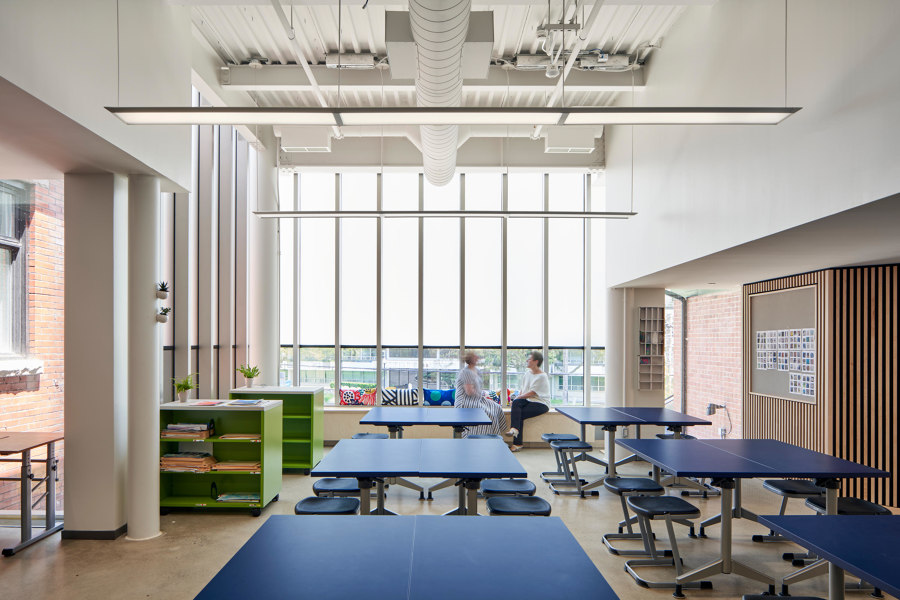
Montgomery Sisam Architects' Montcrest School Project adopts many of the buildings' original features – such as the use of brick and timber, as well as generous proportions – to safeguard the school’s unique style of education. Photos: Younes Bounhar
×In Toronto, the Montcrest School Redevelopment by Montgomery Sisam Architects extended an existing school accommodated within a cluster of grand historical houses. As the school expanded, it needed more space, and teachers and parents expressed a desire to create more links between the pupils, as the children's education took place in separate houses according to their grades – not especially conducive to interaction. The new structure, inserted between two of the houses, respects the existing scale and dimension of the original buildings, while creating a more coherent, campus-like atmosphere in the former back gardens.
© Architonic



